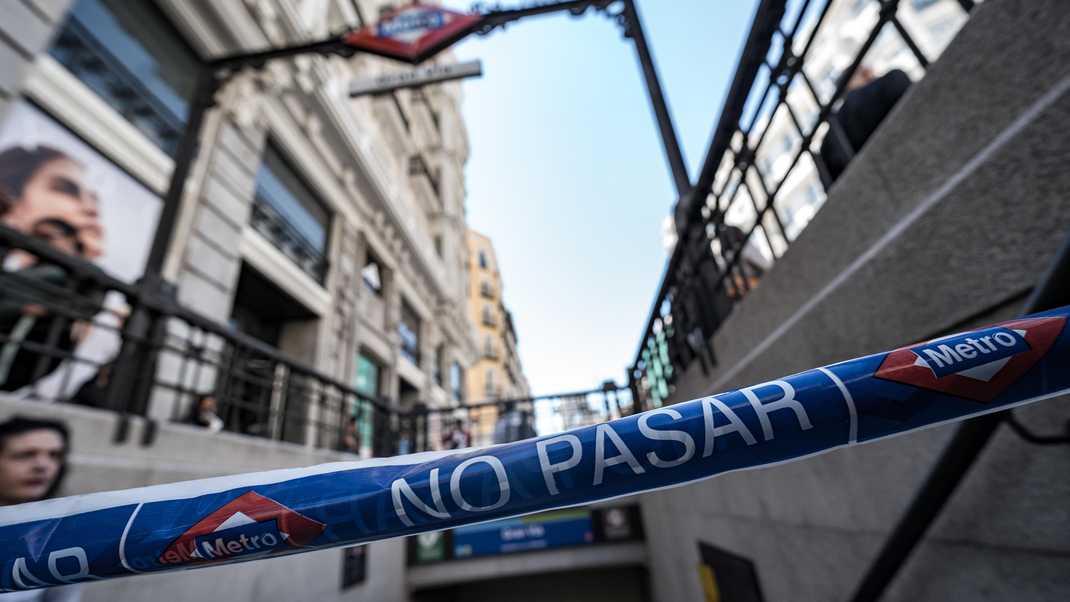From museum to masterclass: What a total blackout teaches us about resilience

During the spring holiday, I was in Madrid. I spent a morning in a museum — until suddenly, the lights went out. A total blackout shut down the city and even the entire country. No working ATMs, no air conditioning, no traffic lights. It wasn’t until after midnight that everything functioned again.
What struck me was how differently organisations responded. Some supermarkets and shops remained open — some even had backup generators — and were completely emptied in a short time. Others immediately closed their doors. Not out of panic, but strategically: to maintain calm, protect inventory, and reopen fresh the next day. Two completely different strategies, each with its own vision of resilience.
This experience touched directly on the theme of a four-part masterclass I had just given: Resilience in the supply chain. Because dealing with disruptions and uncertainties is no longer an exception — it’s the new normal. More importantly, resilience is fundamentally different from risk management.
Where risk management often focuses on avoiding or mitigating risks, resilience is about the ability to respond effectively when the unexpected happens. Not controlling everything, but being agile. Not regulating tightly, but anticipating smartly.
Resilience: 8 Lessons from Practice
1. Resilience as a Strategic Advantage
Companies with strong resilience have a competitive edge. They can better anticipate disruptions, deliver more reliably, and gain market share. Moreover, they manage their costs more effectively because they don’t need to improvise or resort to expensive ad-hoc solutions. Resilience is not just a defensive mechanism but a source of competitive advantage.
2. Resilience is Not Risk Management
Risk management focuses on known risks and how to avoid them. Resilience deals with the unknown and the unexpected. It requires different skills, a different mindset, and often different priorities. Both are important, but resilience goes a step beyond traditional risk management.
3. Everything Starts with Business Context
Every organization operates in a unique environment. Understand the dynamics of your industry, your customers, and your supply chain. Only then can you identify vulnerabilities and determine where resilience truly adds value.
4. Business Strategy Determines Direction
A resilience strategy is not a goal in itself. It stems from your business objectives. Do you aim for cost leadership or customer intimacy? This determines which risks you accept and where you need robustness or agility.
5. Know Yourself — and Your Competitors
During the masterclass, we used a resilience maturity scan. It helped participants identify their strengths and weaknesses — and reflect on their position relative to competitors. This provides insight into your own resilience capabilities and especially where your vulnerabilities lie. Sometimes confronting, always valuable.
6. Learn from Others — Shift Your Perspective
The strength of a diverse group: inspiration. Examples from other sectors or companies provide fresh ideas and insights you wouldn’t have thought of on your own.
7. Resilience Requires Conscious Choices
Resilience also means making choices. It’s a strategic balance between cost and certainty, efficiency and flexibility. These choices are not made at the operational level — they require management involvement and clear leadership. Which risks do you accept, and where do you build buffers? Resilience demands direction, courage, and consistency.
8. Ultimately, People Make the Difference
Systems can help, but it’s people who make decisions under pressure, improvise, and push through. Culture, leadership, and collaboration are crucial for real resilience.
In Conclusion: Resilience Demands Vision and Leadership
What that blackout in Madrid showed me most clearly is this: there’s no single ‘right’ way to respond. What works depends on your strategy, customers, and capabilities.
Resilience requires both thought and action. It’s not purely operational — it demands conscious choices at the strategic level. Finding the right balance between cost, certainty, flexibility, and efficiency is essential. That calls for leadership: the courage to choose, to provide direction, and to take responsibility.
Start today, so you’re well-prepared tomorrow — and gain a competitive edge.
Curious about the resilience of your supply chain? Let’s talk.


